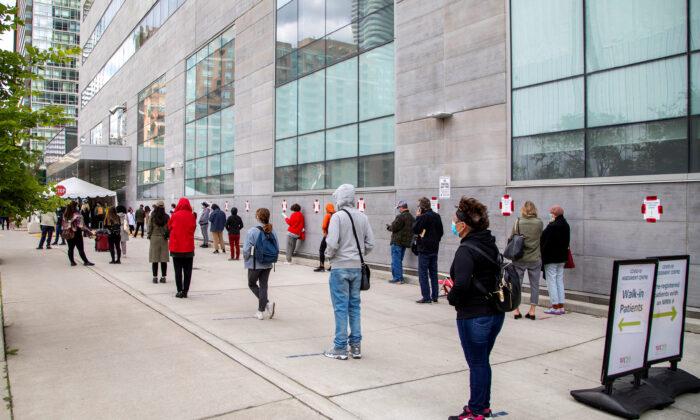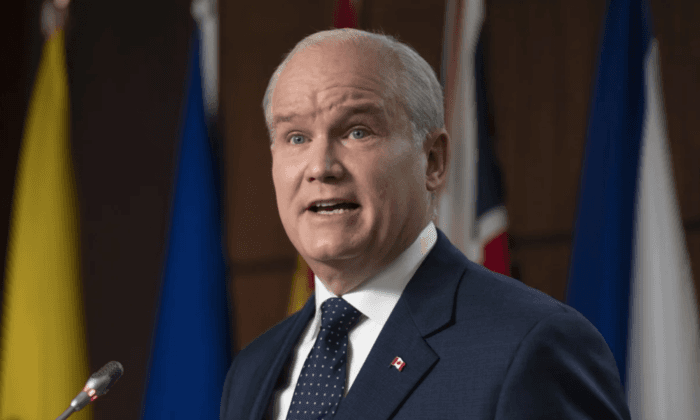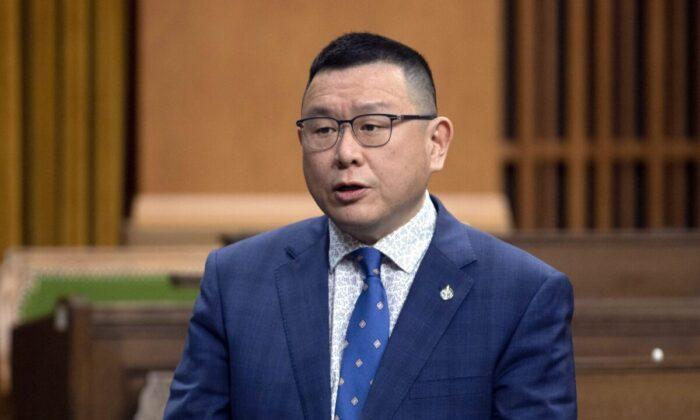Toronto officials announced additional restrictions to Ontario’s COVID-19 reopening framework.
The new restrictions ban all indoor services of food and drink, as well as operations involving high-contact spaces such as casinos, bingo halls, and other gaming establishments, for the next 28 days.
Currently, only the Peel region is listed as a “red” zone, a “stringent measure” zone and one level below the “lockdown” zone with the most restrictions.
“While our hospitals have capacities right now, we know that there are concerns that circumstances could change very quickly, as we have seen in Peel, where hospitals were overwhelmed recently by COVID cases. It happened very quickly, which underlines actions now, before it happens here in Toronto,” said Tory.
“I recognize that these actions will have economic impacts and I am truly sorry for this. I really am. However, in my professional opinion the greatest harm would be to allow COVID-19 to continue to spread at this rate,” said de Villa.
“It is logical to assume that it will only get worse and it is logical to believe that if we effectively reduce the spread the economy will benefit in the long run. If action is not taken we can expect to see even more cases of COVID-19 which means more illness and more deaths.”





